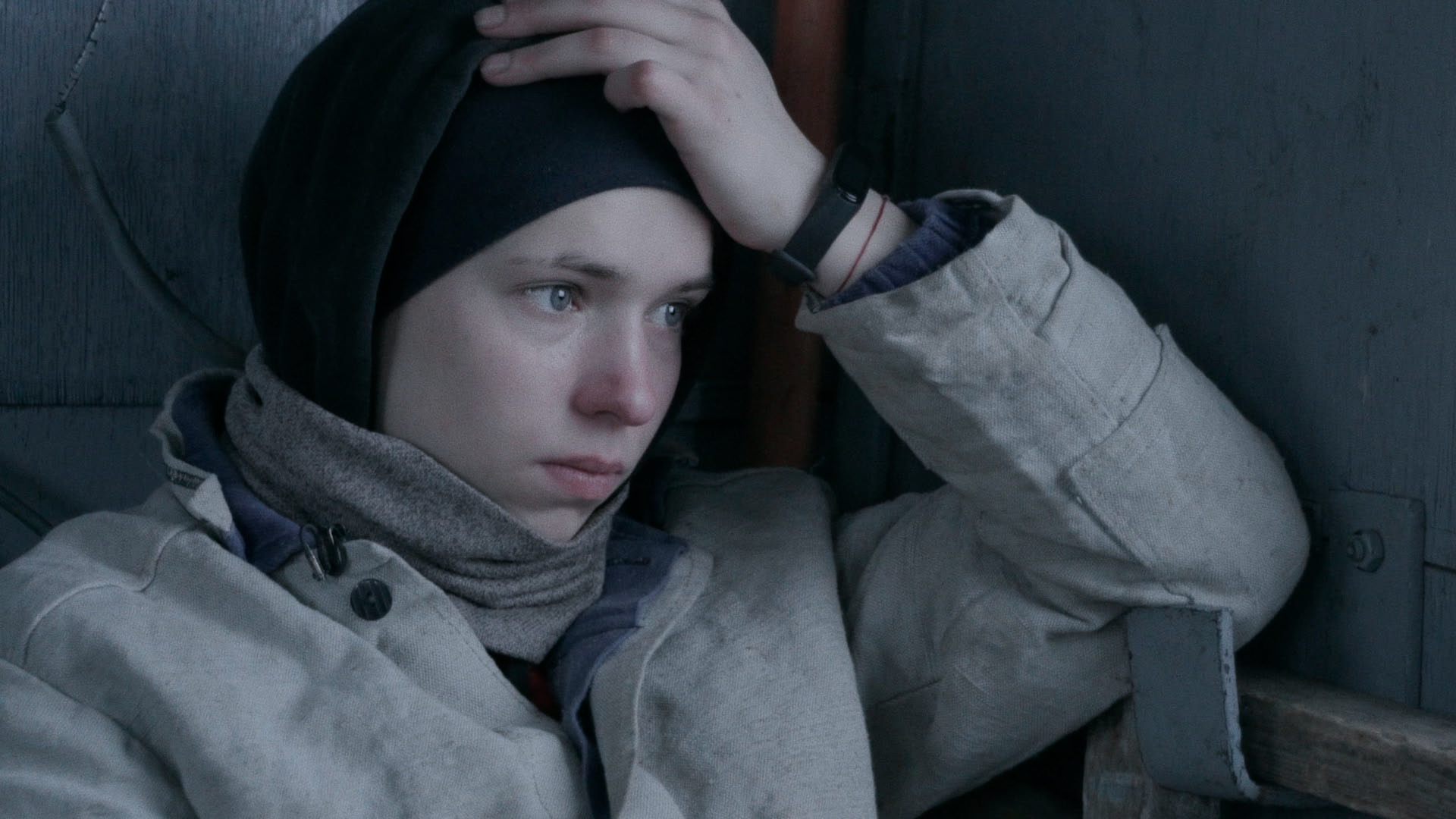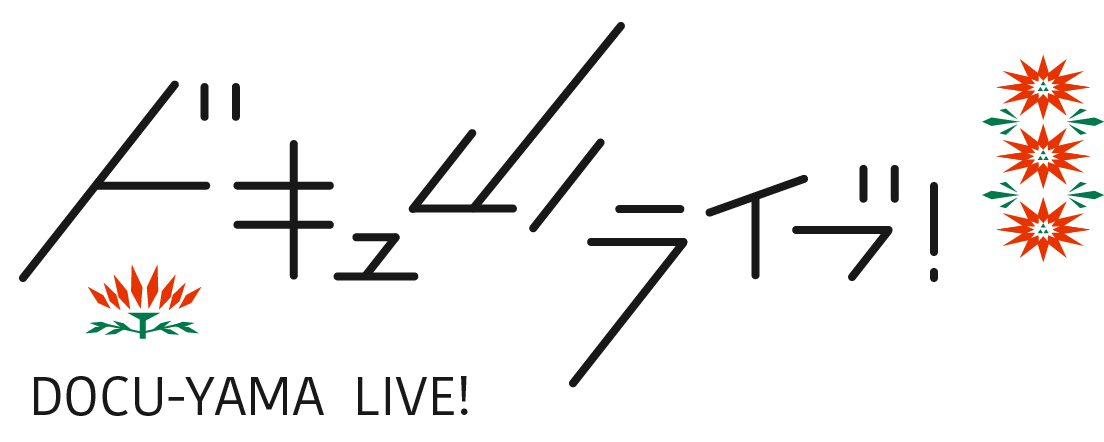
Anastasiya Miroshnichenko’s Welded Together (2025, YIDFF International Competition) is a quiet account of Katya and her little half-sister, Amina, who are both victims of their mother’s alcoholism. The story takes place in Brest, Belarus. Katya, a 22-year-old girl, works as a welder to support herself, little Amina, and her mother, whose only source of income is to sell chebureki, a fried meat pastry popular in Eastern Europe.
The film opens with an aerial shot of a truck moving along an industrial road through farm fields. Katya is seen sitting inside, gazing out the window. The truck stops at a ranch house, where she and a co-worker enter. Inside, the ranch’s interior is shown with the sounds of cattle and other animals. We come to understand that Katya is a welder who repairs wiring and hardware for ranch houses.
In just a few short scenes, Miroshnichenko uses a variety of sounds and shots to highlight the uniqueness of the protagonist, the only female working in the welding profession. Later on, as we find out, at an age when her peers have just graduated from college, she is asked to take on the responsibility of caring for a baby, since her alcoholic mother is incapable of doing so.
The title suggests how Katya attempts to weld together a long-broken relationship with her mother. From the outset, the director presents the protagonist as a calm, emotionally reserved young woman focused on her work. Later, while talking to a friend about her relationship with her mother, she can’t hold back her tears. One cannot help but wonder if, as she welds pieces of metal together, what she truly sees is not just iron, but the fractured bond with her mother.
Aware of the sensitive nature of the filmmaker-subject relationship inherent in the documentary film, Miroshnichenko decides to minimize her presence by staying outside the frames from the viewers’ perspective. She stays behind window, trees, and people in some more confrontational scenes.
Miroshnichenko patiently guides us through the heartbreaking story. The use of music is instrumental in bringing out the psychology of the protagonist, from the song, “Everything Will Be All Right” by Verka Serduchka, to the subtle and emotionally rich background music. Humor softens the heavy theme of the film, as when Pati, a tabby cat, interacts with Amina by stealing her food, or when Amina carries around a wine bottle, the symbol of her mother’s alcoholism, and looks innocently at Katya.
Amid the audience’s laughter, the core issue of the film is presented: Katya, while caring for Amina, also confronts the trauma of her own lost childhood and the fear that it might repeat for Amina. Despite being abandoned by her mother when she was little, Katya is determined to provide love and care, often skipping work to look after Amina whenever their mother disappears. Her actions reflect the projection of her own childhood onto Amina’s fate.
From her therapist and her friends, Katya constantly receives advice on what to do with Amina. These other characters, along with Miroshnichenko’s camera, act as a support for her in reclaiming her life back from this dysfunctional family—if it can be called a family at all.
At one point, Katya is told by the Child Care Agency to choose between the tragic status quo—Amina continuing to live with her mother—and a change of scenery—Amina going to live with a new family looking to adopt. In the latter scenario, Katya might not be permitted to see Amina, whom she loves so dearly. “She’ll have a better life but you won’t be a part of it,” says the worker at the agency.
What stands out in this film is a particular scene where Katya remains silent while listening to the excuses of her mother, who has returned home after disappearing for days. Miroshnichenko shows a close-up of Katya’s face, sorrowful and numb, while music plays in the background. The audience is made to guess what Katya is thinking: is it finally too much to bear, and will she finally take action?
The ending plays out in response to the opening scene where she also sits in the truck and looks out the window, and the season turns to spring in the end instead of winter at the beginning. As Miroshnichenko makes this contrast, viewers may wonder how Katya arrives at her decision, which is not as easy as seasons changing.
This is the fourth feature-length film by Miroshnichenko. From her first film, Debut (2017), to Welded Together, the director has continued to explore the issues encountered by women from lower socioeconomic backgrounds. Through her calm and composed camera, we see the protagonists for who they are without big drama or revelation.
Welded Together is an honest portrayal of an unfortunate story that ends on a seemingly positive note. The film is over, but Katya’s own future has just begun. Will everything finally be all right?
Chen-pang Chang
![ドキュ山ライブ! [DOCU-YAMA LIVE!]](http://www.yidff-live.info/wp-content/themes/yidff-live_2017/images/header_sp_logo1.png)

